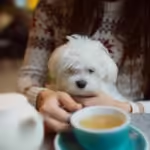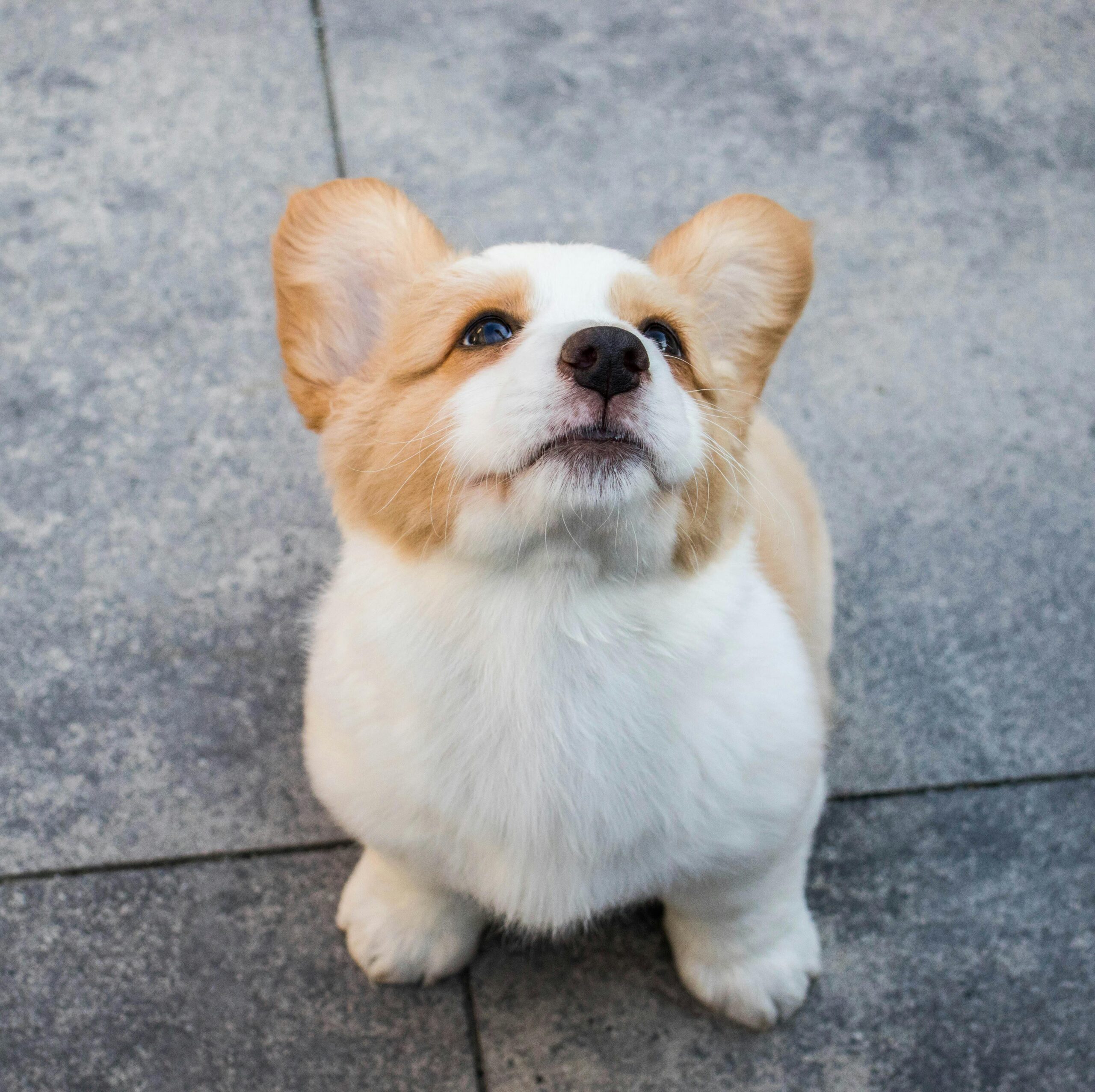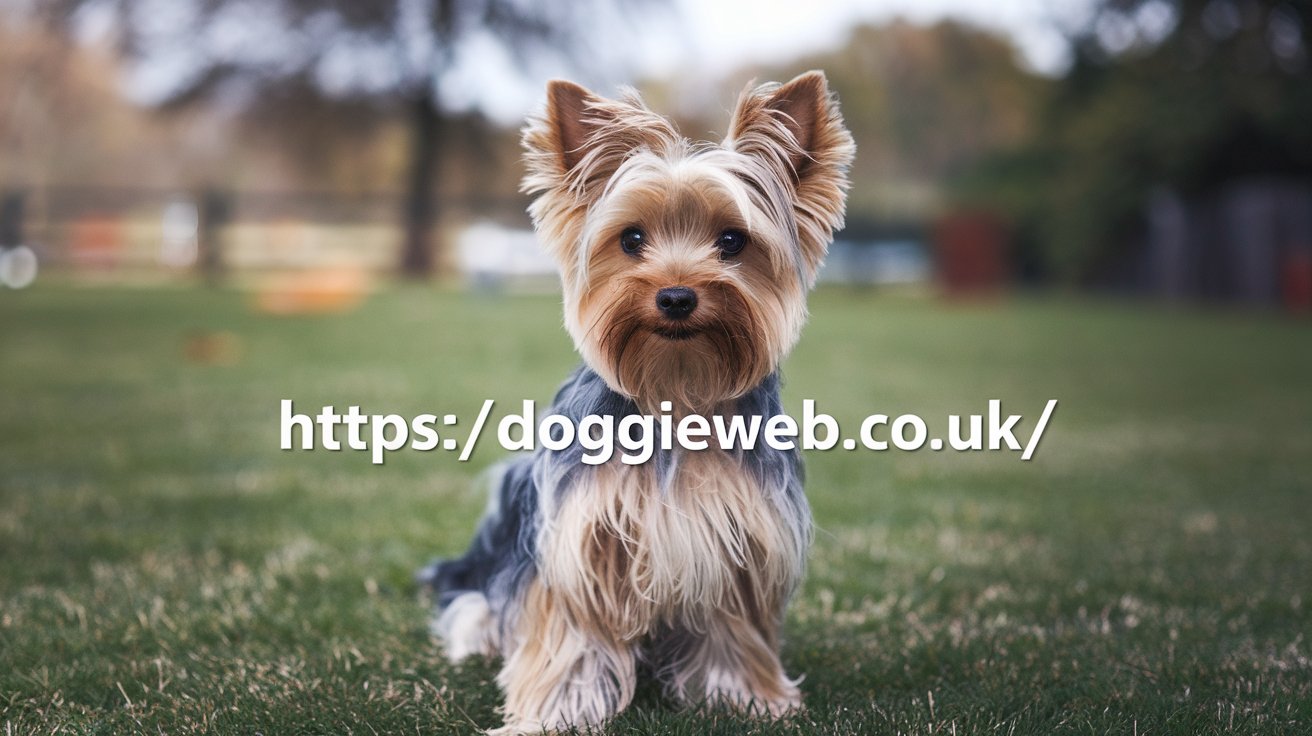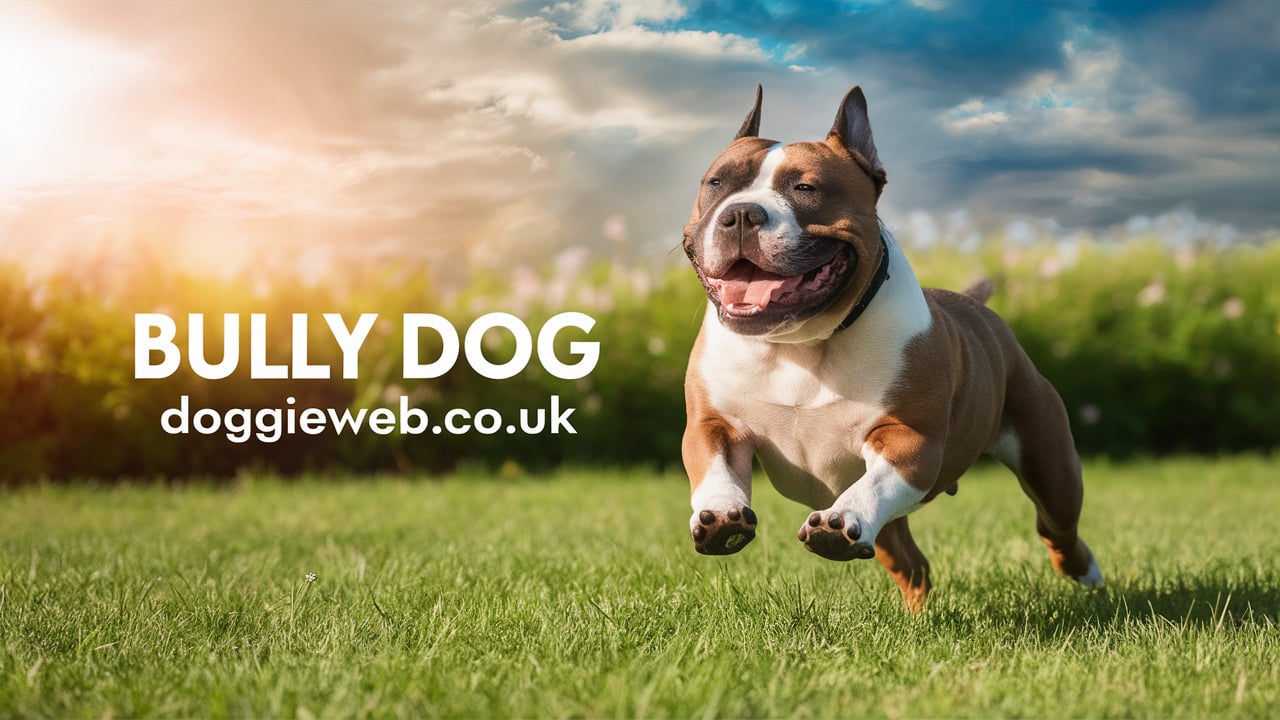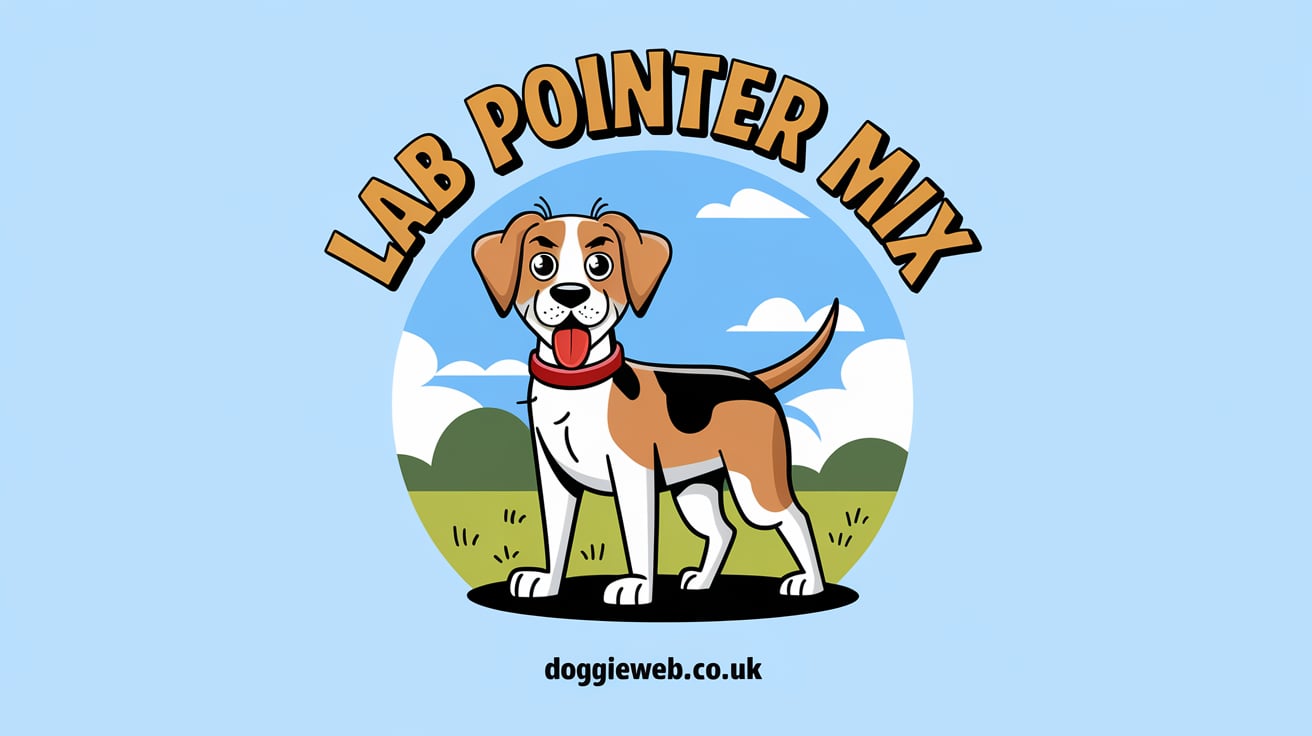Introduction
Dog side Eye are recognized for their expressive faces and frame language that regularly evoke a wide range of emotions and thoughts. Among the various expressions that dogs display, one particularly interesting and sometimes funny look is the “side eye”. This side view can be interpreted in many ways, depending on the context and the individual character of the dog. In this article we are able to delve deep into the world of the dog’s side eye, exploring its meanings, the motives behind it and how it contributes to our understanding of canine verbal exchange.
What is a Dog’s Side Eye?
A canine aspect eye, also known as a “whale eye”, is a peculiar facial feature where a Dog side side eye at something or someone out of the corner of their eye and displays the whites of their eyes. This expression can vary in intensity, from a subtle look to a more pronounced look in which the dog’s head remains tied to the table, even as the eyes merge onto the facet. The appearance of the white of the eye, also known as the sclera, is a key characteristic of this appearance.
Origins of Side Eye in Dogs
To recognize why dogs have a side eye, it is important to examine their evolutionary record. Dogs are descendants of wolves, which are mainly social animals living in complex percentage systems. Communication inside p.C. It is important for maintaining order and cooperation. Over time, dogs have developed an advanced palette of facial expressions and speech frames to communicate their emotions and intentions to both other dogs and humans.
Interpreting Side Eye: What Is Your Dog side eye Trying to Say?
Which means the dog’s side eye can move depending on the context. Here are some common interpretations:
Suspicion or caution
A Dog side eye could give an aspect of sight when it is unsure or afraid of something in its environment. It will be a new man or woman, a surprising object or a simple noise. The faceted eye in this context is a way for the Dog side eye to keep its eyes fixed on the capacitive chance while maintaining the shielding position.
Discomfort or fear
Dogs can also use aspects to specific soreness or concerns. If the Dog side eye is feeling threatened or anxious, he can provide faceted eye to reveal the source of his anxiety without direct eye contact, which could be perceived as confrontational.
Discomfort or irritation
Sometimes puppies supply the side eye when they are irritated or angry. This would perhaps be shown if every other animal or human could poison them. A faceted eye in this state of affairs may be a way of signaling their displeasure and warning the alternative celebration to back off.
Playfulness and mischief
On a lighter note, several dogs use eye sight as part of their playful behavior. During a recreation of a chase or a tug of war, a Dog side eye could provide a playful eye to tease his teammate and inspire them to keep up the game.
The role of the side eye in human-Dog side eye communication
Humans and puppies have shared a close bond for many years, and much of this courtship is built on mutual know-how and verbal exchange. Recognizing and decoding the canine aspect of the eye is part of this ongoing communication. By paying attention to context and accompanying body language, we can gain insight into our dog’s feelings and respond accurately.
Building trust and security
Understanding when a Dog side eye an aspect eye of suspicion or warning can help us create a safer and more comfortable environment for them. If the Dog side eye is wary of a new person or scenario, if you give them space and time to change, you can agree with them and reduce tension.
Respecting boundaries
Recognizing a side eye as a signal of discomfort or infection allows us to respect our dog’s limitations. If the Dog side eyeshows signs of upset, it is essential to stop the activity that is causing him pain and give him space.
Improvement of playing time
When a Dog side eye playfully uses the aspect eye, it is able to embellish our interactions and strengthen our bond. By engaging in their play and responding to their cues, play can be extremely exciting for both the dog’s side eye and owner.
The science behind a dog’s side eye
Recent studies of canine cognition and behavior have shed light on the technological know-how at the back of the dog’s lateral eye. Scientists have discovered that dogs are highly attuned to human emotions and facial expressions. They can pick up on subtle cues from our faces and speech frames and that they use their own expressions to talk to us.
Evolutionary adaptation
Dogs have evolved to be extremely sensitive to human social cues. This ability most likely spread through their close courtship with human beings over hundreds of years. The aspect eye with a clear view of the sclera is one such release that allows dogs to properly express their emotions.
Brain activity
Studies using functional MRI (fMRI) have shown that puppies’ brains respond to human facial expressions in a similar way to humans. When a Dog side eye sees a human making a certain facial expression, the positive areas of its brain lighten, suggesting that it may be processing the emotional content of the expression.
Social learning
Dogs also discover ways to provide aspect eye through social interactions with different puppies and people. Puppies study dogs and imitate their behavior, which consists of facial expressions. Over time, they analyze which expressions elicit specific reactions from others and improve their communication skills.
Common misconceptions about canine side eye
There are several misconceptions about Dog side eye side eye that can lead to misunderstandings between puppies and their owners.
“The side eye means aggression”
While a side eye can be a signal of pain or a warning, now it usually does not indicate aggression. It is essential to keep in mind the overall context and language of the dog’s frame in order to correctly interpret his emotions.
“Only some breeds provide a side eye”
All dogs are capable of giving a faceted eye, regardless of their breed. However, some breeds with more prominent eyes or a more prominent face may surprisingly exhibit this behavior more.
“A side eye is consistently a terrible sign”
The side eye is a flexible expression that can convey a range of emotions, from playfulness to infection. It is not inherently negative and needs to be interpreted in the context of the scenario.
Practical tips on how to respond to the dog’s eye
In order to respond effectively to your dog’s facet eye, remember these practical tips:
Watch the context
Pay attention to when your Dog side eye gives the side eye. Are they in a completely new environment? Are they dating a new man, woman or animal? Understanding the context can help you accurately interpret their expression.
Read body language
In addition to aspect eye, study your dog’s typical body language. Are they nervous or comfortable? Are their tails wagging or stiff? Combining these cues gives you a clearer picture of their emotional state.
Give them space
If your Dog side eye is giving the sight aspect out of discomfort or warning, give him space and time to regulate. Don’t force them into conditions that make them uncomfortable.
Engage in positive interactions
Encourage great interactions and encourage your dog’s trust in you. Use treats, praise, and gentle petting to create gentle associations with new experiences.
Consult an expert
If your dog’s facet behavior is frequent and followed by signs of tension or aggression, consider consulting a professional Dog side eye trainer or behaviorist. They can offer management and help with your dog’s wishes.
Case studies: Real-life examples of canine side-eye
To illustrate the different interpretations of the canine facet eye, let’s look at some real-life examples:
Case Study 1: Max the Suspicious Poodle
Max is a small poodle who often gets sidetracked when meeting new human beings. His owner noticed that Max had a tendency to try this when someone unexpected entered their home. By giving Max’s owner time to observe the new person from a distance and constantly introducing them to treats, Max’s owner is able to lower their guard and build their own confidence.
Case study 2: Bella, a playful Labrador
Bella, a playful labrador, likes to offer faceted eye during her favorite fetch time. He often gives his owner a mischievous look before running off to get the ball. This playful side eye complements their interaction and provides a laugh-out-loud detail to their playtime.
Case Study 3: Rocky the Irritated Bulldog
Rocky the Bulldog side eye shows his side eye while his owner tries to brush him. It reveals an unpleasant way of grooming and uses this expression to express its infection. Realizing this, Rocky’s owner began to use beneficial reinforcement strategies and gradually desensitized him to care, leaving them both in much better shape.
Training and conditioning: Reducing unwanted side eyes
While the side eye is an herbal part of canine communication, there are ways to reduce the amount of time it is able to indicate pain or concern. Training and conditioning can help your Dog side eye experience extra comfort in many conditions, making them less likely to show party eye due to dire emotions.
Positive reinforcement training
Positive reinforcement involves rewarding your Dog side eye for a desired behavior. For example, if your Dog side eye sideways when meeting new people, you can reward him with treats and praise once he remains calm and relaxed during introductions.
Desensitization
Desensitization means gradually, controlled exposure of your Dog side eye to his pain supply. If your Dog side eye gives a faceted eye when encountering unusual objects or environments, start by helping to introduce these elements at a distance where your Dog side eye feels safe. Gradually reduce the gap while your Dog side eye is profitable for calm behavior.
Conditioning
Conditioning is a method used to change a dog’s emotional response to a specific trigger. If your Dog side eye is giving facet eye due to worry, associate the cause with something beneficial, such as his favorite treat or toy. Over time, your Dog side eye will begin to associate the previously feared stimulus with subtle cues.
Vocational training and socialization courses
Enrolling your Dog side eye in training and socialization classes can be quite beneficial. These guidelines provide an established environment in which your Dog side eye can learn to interact with new people, animals and conditions under the guidance of a professional instructor.
Conclusion
The canine facet eye is a captivating element of canine communication that provides valuable insights into our dogs’ feelings and minds. Based on the expert knowledge of the context and accompanying framework language, we interpret this expression appropriately and respond correctly. Whether it’s a sign of caution, discomfort, playfulness, or irritation, the faceted eye is an essential tool in our constant conversation with our canine partners. By paying attention to these scattered signals, we strengthen our bond with our dogs and ensure their well-being and happiness.




